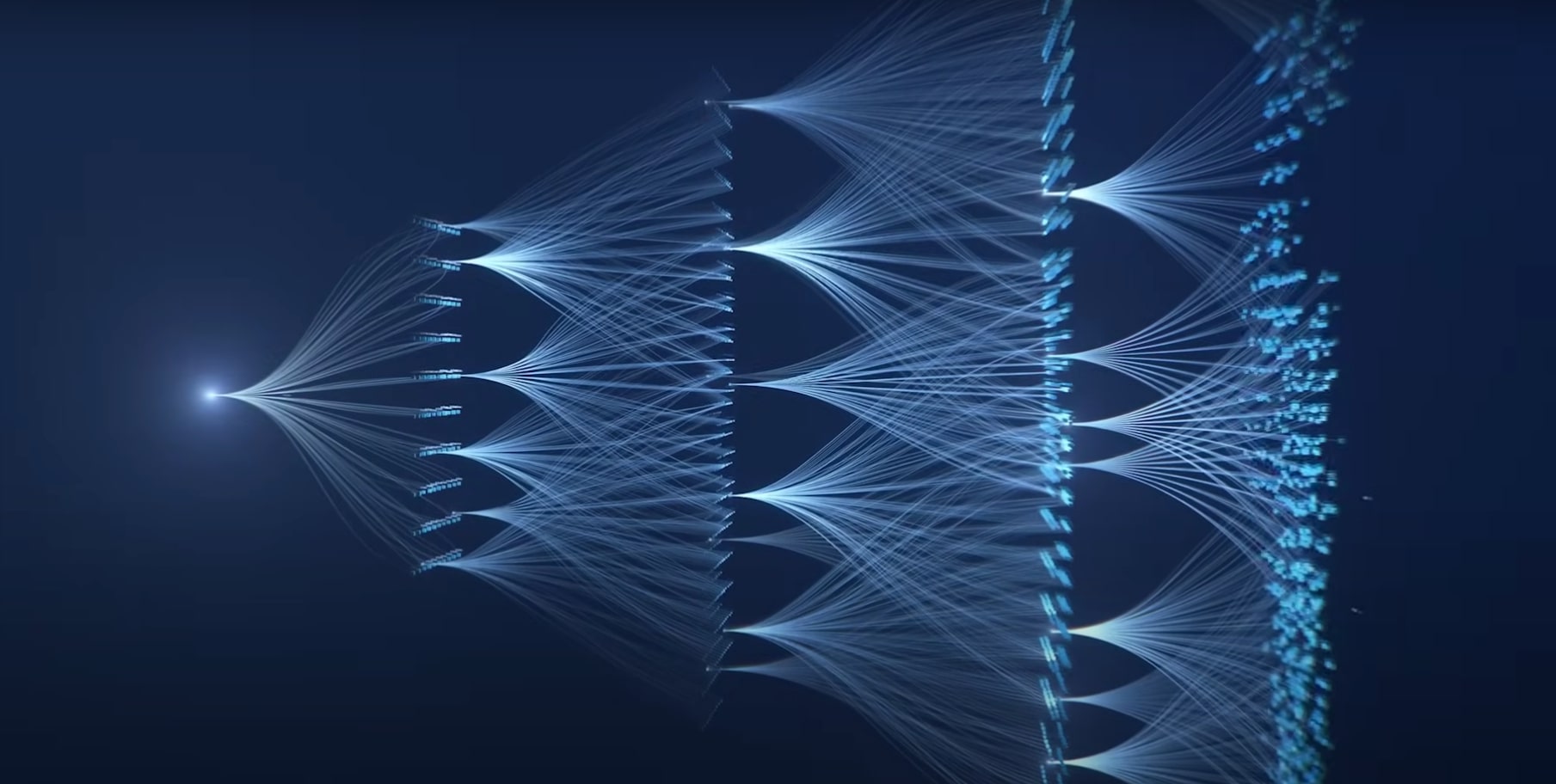With advancements in technology and the rapid growth of data, deep learning has emerged as one of the most powerful tools in the field of artificial intelligence. Deep learning involves training neural networks with large amounts of data to perform tasks that were once thought to be exclusively human-like, such as image and speech recognition, natural language processing, and even playing games.
As deep learning continues to evolve, it is important to consider the implications and potential that this technology holds for the future. In this article, we will explore the power of deep learning and provide a glimpse into what the future may hold for this revolutionary technology.
The Power of Deep Learning
Deep learning has proven to be incredibly powerful in a variety of applications. For example, in the field of healthcare, deep learning models have been used to analyze medical images, diagnose diseases, and even predict patient outcomes. These models have shown incredible accuracy and have the potential to revolutionize the way healthcare is delivered.
In the field of autonomous vehicles, deep learning has been instrumental in enabling cars to navigate complex environments and make decisions in real-time. Companies such as Tesla and Waymo have developed sophisticated deep learning models that allow their vehicles to interpret and react to the world around them.
In the realm of natural language processing, deep learning has been used to develop chatbots and virtual assistants that can understand and respond to human speech. These models have become increasingly sophisticated and are capable of performing tasks such as scheduling appointments, ordering food, and providing customer service.

Overall, the power of deep learning lies in its ability to learn from large amounts of data and make predictions or decisions based on that data. By training neural networks with vast quantities of information, deep learning models can uncover patterns and relationships that are too complex for humans to discern.
The Future of Deep Learning
As deep learning continues to evolve, there are several key trends that are shaping the future of this technology. One of the most significant trends is the development of more sophisticated neural network architectures. Researchers are continually exploring new ways to design and train neural networks in order to enhance their performance and accuracy.
Another important trend is the integration of deep learning with other technologies, such as reinforcement learning and unsupervised learning. By combining these different approaches, researchers can create more robust and versatile models that are capable of tackling a wider range of tasks.
In addition, the field of deep learning is also moving toward more efficient and scalable models. Researchers are working to develop algorithms and techniques that can train neural networks more quickly and with less computational resources. This will make deep learning more accessible to a wider range of industries and applications.
FAQs
How is deep learning different from traditional machine learning?
Deep learning is a subset of machine learning that involves training neural networks with large amounts of data to perform tasks. Unlike traditional machine learning algorithms, deep learning models can learn features and patterns directly from the data, without the need for manual feature engineering.
What are some common applications of deep learning?
Deep learning is used in a wide range of applications, including image and speech recognition, natural language processing, autonomous vehicles, healthcare, finance, and more. It is also being used in research and development to solve complex scientific problems.
How can businesses leverage the power of deep learning?
Businesses can leverage the power of deep learning by incorporating it into their products and services. For example, companies can use deep learning models to improve customer experience, optimize operations, and drive innovation. By harnessing the capabilities of deep learning, businesses can gain a competitive edge in the market.
What are some potential challenges with deep learning?
While deep learning has shown incredible potential, there are still a number of challenges that researchers are working to address. These challenges include the need for large amounts of labeled data, the interpretability of complex models, and the potential for bias in decision-making. Researchers are actively working to overcome these challenges and make deep learning more accessible and trustworthy.
Conclusion
Deep learning is a powerful and versatile technology that is shaping the future of artificial intelligence. With its ability to learn from large amounts of data and make accurate predictions, deep learning has the potential to revolutionize industries and transform the way we interact with technology. As researchers continue to push the boundaries of this technology, we can expect to see even more exciting advancements in the years to come.
